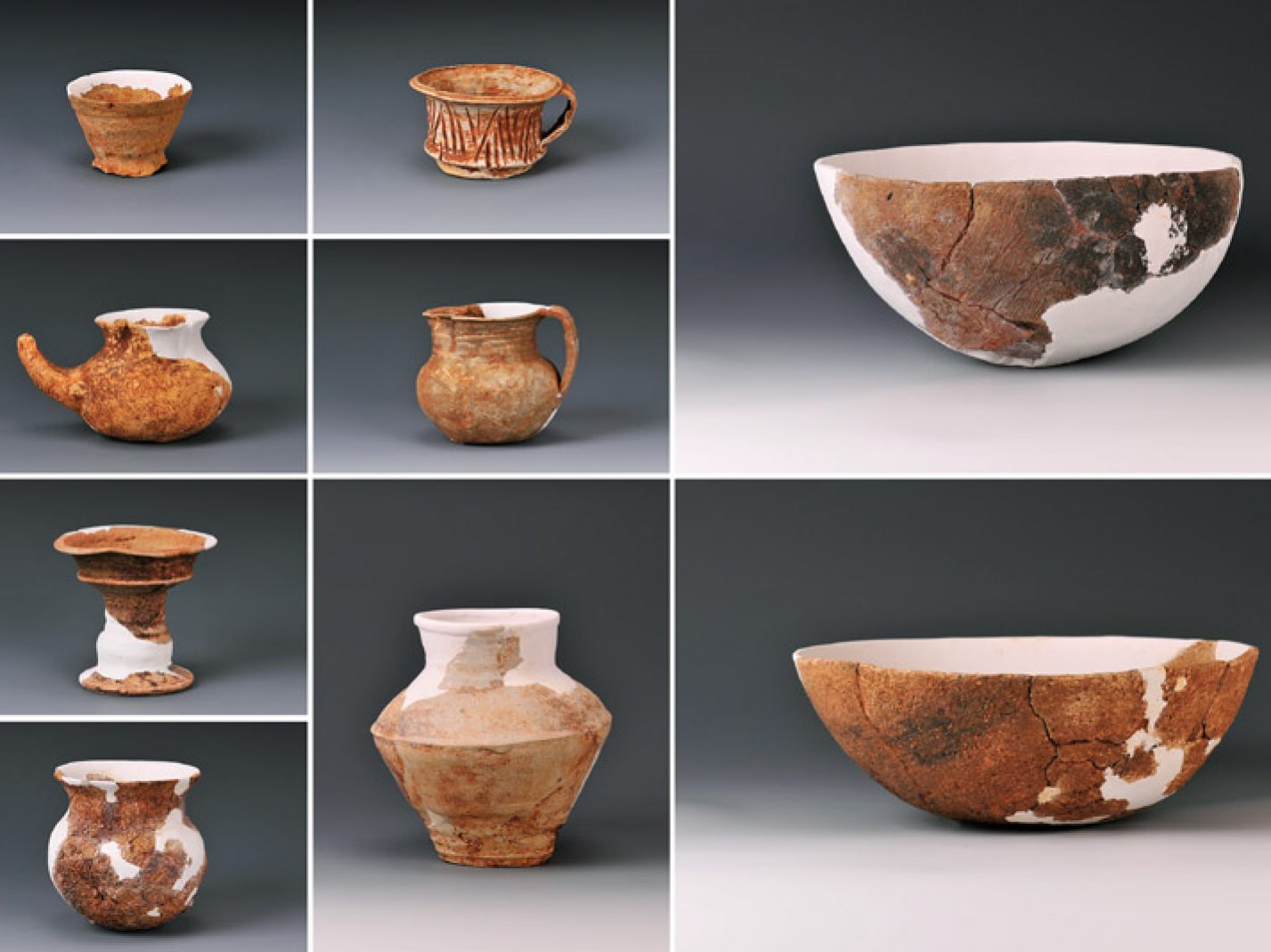
New discovery suggests first Austronesian people, famous for maritime migration from 7,500 years ago, inhabited area beyond Taiwan
- The mainstream historical narrative is that Austronesian people originated in Taiwan before beginning their migration
- The ethnic group would spread to inhabit a remarkably large geographical area
Chinese archaeologists uncovered a 7,300-year-old civilisation on Pingtan island, off the coast of Fujian province in southeastern China, that indicates the island could have been an originating source of what some scientists consider the greatest maritime migration in human history.
The island was clearly inhabited by Austronesian people ranging from 3,000 to 7,500 years ago, archaeologists announced in late November, according to state media outlet China Daily.
Austronesians were a large ethnic group that lived across a huge geographical area, originating in Taiwan and reaching as far away as Easter Island in Chile. The population covered most of Southeast Asia, Micronesia, Polynesia, New Zealand, and the US state of Hawaii.
Today, around 400 million people are considered to be descendants of the early Austronesian tribes.
The project, which started in 2021, revealed that the first inhabitants had arrived on the island around 7,500 years ago. Archaeologists also discovered evidence that – between 5,000 and 6,500 years ago – the society had developed into a complex society with residential homes and buildings for handicrafts, waste removal, and food processing.
Additionally, the scientists found the earliest known evidence of rice cultivation on islands off the coast of China.

At a separate location on Pingtan island dating from 3,000 to 4,200 years ago, the archaeologists found evidence of public spaces designed for community gatherings and ceremonies.
Through testing, the archaeologists determined that the bones were a genetic match to Austronesian people.
“For the first time, we established a complete lineage of cultures along the western shore of the Taiwan Strait within that time span,” Zhou Zhenyu, a researcher with the Institute of Archaeology at the Chinese Academy of Social Sciences, told China Daily.
The mainstream historical narrative is that the Austronesian people originated in Taiwan but began to migrate after significant population growth, arriving in the Philippines around 2200 BC. The people would start using sails around 200 years later, rapidly increasing the speed and distance of their migration.

The Austronesian migration lasted for 5,000 years, beginning in earnest 6,000 years ago and ending around 1,000 years ago.
The sites on Pingtan island are another piece of evidence that suggests the first Austronesian people could have originated from a larger geographical area than just the island of Taiwan, inhabiting mainland China as well.
Over the past decade, multiple sites in and around Fujian province have been genetically traced to Austronesian ethnicity, according to China Daily.
For example, two skeletons believed to have been around 7,500 to 8,200 years old were discovered on a small island in Fujian province. They are considered to be the oldest known examples of Austronesian people.

